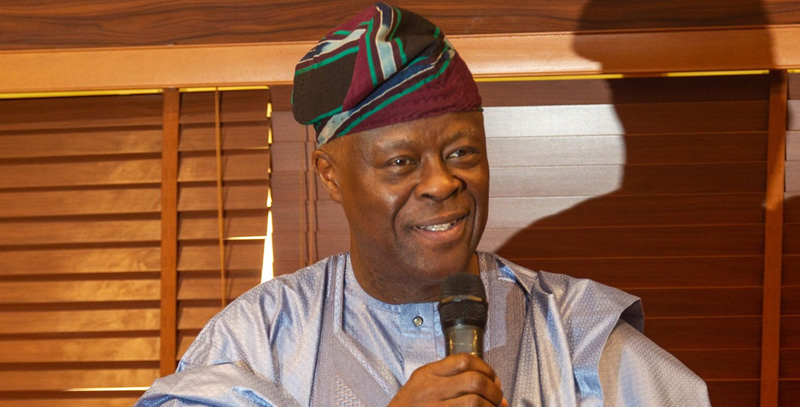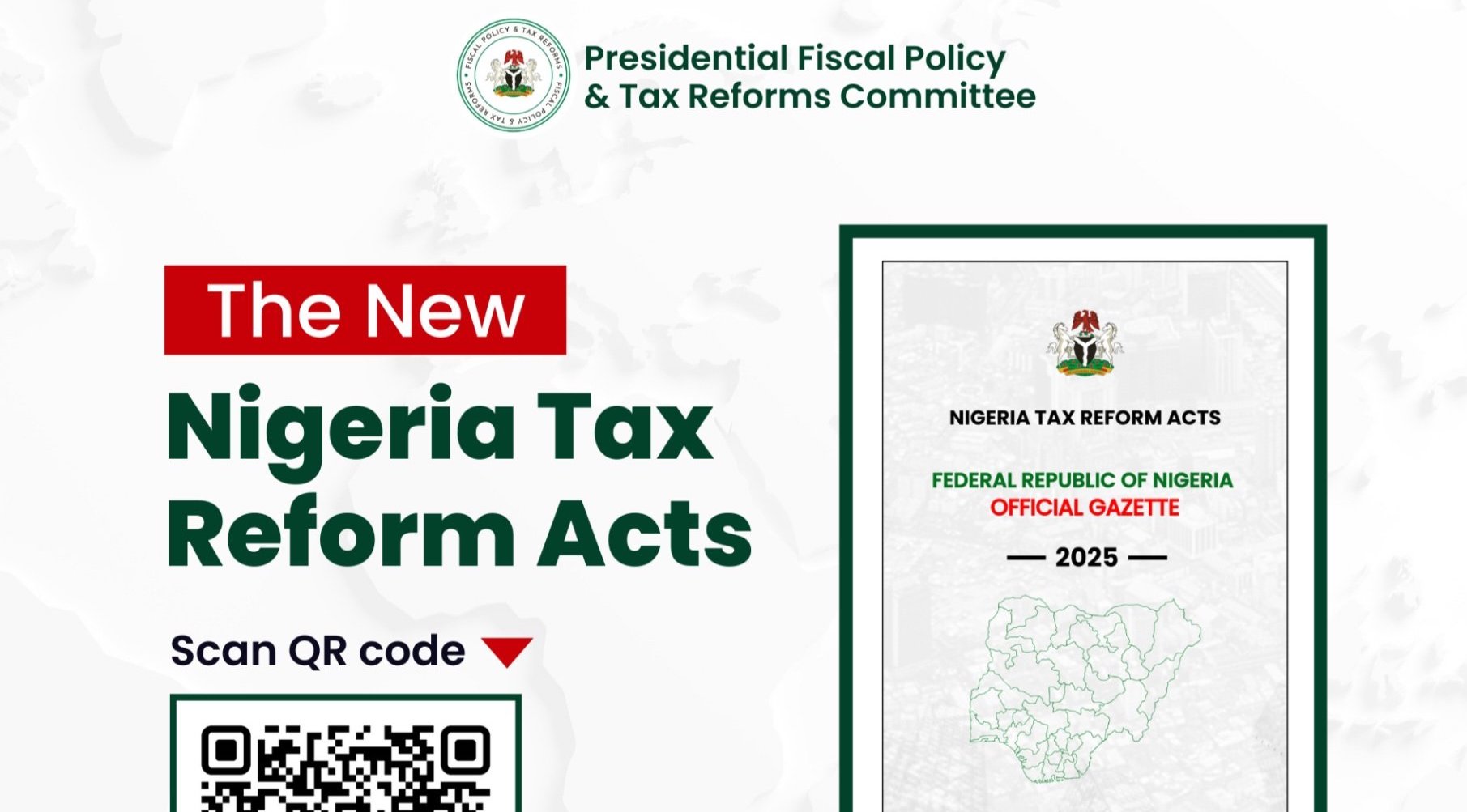Kayode Tokede
On the back of its monetary tightening stance leading to high borrowing cost, the Central Bank of Nigeria (CBN) raised an estimated N26.4 trillion via Treasury Bills (T-Bills) and Open Market Operations (OMO) between January and August 2025.
The CBN aggressive monetary tightening stance is aimed at mopping up excess liquidity, stabilising the foreign exchange and cooling inflationary pressures that have persisted despite elevated interest rates and a record-high cash reserve ratio.
A breakdown of the N26.4 trillion raised by the CBN revealed that T-bills accounted for N9.47 trillion, while OMO accounted for N16.92 trillion. This represents 56.9 per cent Year-on-Year (YoY) growth when compared to N16.82 trillion in eight months of 2024.
T-Bills are short-term debt instruments issued by a government at the primary market to raise funds and manage liquidity in the economy. They are considered one of the safest investments because they are backed by the government.
On the flipside, OMO is a monetary policy tool used by CBN to regulate money supply and liquidity through buying or selling government securities at the secondary market.
OMO bills also play a central role in helping the CBN influence short-term interest rates and absorb excess cash from the system. By issuing these high-yield bills, the apex bank is able to sterilise liquidity, reduce inflationary momentum, and guide market expectations ahead of its next monetary policy decision.
U.S. investment bank J.P. Morgan recently urged investors to exit long positions in Nigerian OMO bills, warning that global risks, driven by falling oil prices and renewed trade tensions, could deepen Nigeria’s macro-economic vulnerabilities. However, the strong investor turnout, especially for longer-dated instruments such as OMO, indicates that financial institutions are willing to tie down capital in longer-term securities to capitalise on high yields while guarding against inflation.
The apex bank’s N9.47 trillion T-bills in eight months of 2025 is a decline of 4.3 per cent YoY as against N9.9 trillion T-bills raised in eight months of 2024, while amount raised via OMO moved from N6.92 trillion in eight months of 2024, about 144 per cent YoY growth to N16.92 trillion in eight months of 2025.
The longer-dated OMO instruments by CBN attracted yield above 20 per cent in 2025 while interest rate on 364-DAY T-bills auction in eight months of 2025 dropped to 17.44 per cent from 22.62per cent in January 2025.
The demand for OMO reflects investor expectations that high interest rates will persist, prompting a move to lock in attractive yields for the longer term.
The OMO auction comes at a time when Nigeria’s broad money supply (M3) continues to rise sharply, undermining the CBN’s efforts to reduce liquidity through tools like the 50per cent cash reserve ratio (CRR)—the highest in the world.
According to data released by the CBN, M3 grew to N117.5 trillion as of June 2025, marking a 15.8 per cent YoY increase from N101.46 trillion in June 2024.
However, the CBN cut spot rates on T-bills at the primary market auction in a bid to reduce its payment burden.
The apex bank has been scaling back on elevated discount rates offered on the T-bills due to strong demand and the fact that the benchmark interest rate has raced ahead of the country’s headline inflation that has seen decline in recent months.
By tightening its monetary policy through higher interest rates and large T-bills auctions, the CBN aims to curb rising inflation and stabilise the foreign exchange rate, thereby fostering a more balanced economic environment.
THISDAY observed that investors demand for long maturities NTBs continued to grow as its stop rate reached 20.32 per cent as of Feb 5, 2025, the highest so far this year.
The variation in stop rates across tenors also offers insight into investor sentiment regarding short-, medium-, and long-term economic outlooks.
While the lower stop rate on the 182-day bill suggests anticipation of stable interest rates, the higher stop rate on the 364-day T-Bills could imply a cautious stance towards potential future economic volatilities.
Investors’ diversified demand across the different maturities of T-Bills reflects strategic positioning for various investment horizons and signals a healthy trading environment in the Nigerian debt market.
The Olayemi Cardoso-led Monetary Policy Committee (MPC) of the CBN jacked up the interest rate by 870 basis points to 27.50 per cent from 18.75 per cent at the start of the year to combat rising inflation, this has led to an equal increase in the yields of T-bills compared to last year.
The MPR at 27.50 per cent has played its role in the downward trend in inflation rate. Nigeria’s headline inflation rate has decreased for the fourth consecutive month to 21.88 per cent in July 2025, down from 22.22 per cent in June 2025 and 22.97 per cent recorded in May 2025. It was 23.71 per cent in April 2025, down from 24.23 per cent in the prior month.
Investment Banker & Stockbroker, Mr. Tajudeen Olayinka attributed the low yield to the factor of demand and supply, stressing that the government deliberately cutdown T-Bill interest in response to various economic factors
According to him, “The essence is to encourage foreign inflows that could help improve dollar liquidity in the foreign exchange market and cause a moderation in Naira exchange rate until the market attains equilibrium level.
“I have no doubt that this is the most appropriate decision on the part of CBN and the government at this time. There’s a need to improve dollar liquidity that will eventually force domestic interest rates to moderate subsequently.
“The low interest rate will filter into the equity market to temporarily moderate the bullish sentiments in that market as well. The financial system has high liquidity, enabling the CBN to cut interest rates while maintaining investors interest.”
He added that by lowering interest rate on T-Bills, the CBN aims to reduce its payment burden on government securities, especially with the benchmark interest rate rising above headline inflation.
On T-Bills yield for 2025, analysts at Cordros Research in a report titled, ‘Nigeria in 2025. Reform to Recovery: Navigating the Rebound’, said, “Given our expectations of a pause in monetary policy rate hikes and a moderate pace of borrowings in 2025, we expect yields to pare, particularly towards the second half of the year, after a further increase in Q1-2025.
“Specifically, we expect the onset of the disinflationary process in Q1-2025 and the pause in rate hikes, which should begin in March, to influence market sentiments. Additionally, while we expect the demand-supply imbalance to persist, the slower borrowing pace could cause yields to temper.
“Considering all the factors, we expect yields to decline and settle at c.18.5 per cent and c.18per cent on Treasury bills and bonds by 2025 year-end, reflecting our expectations of successful policy pass-throughs.”
The post Amid Tightening Stance, CBN Raised N26.4trn via T-Bills, OMO in Eight Months appeared first on THISDAYLIVE.








